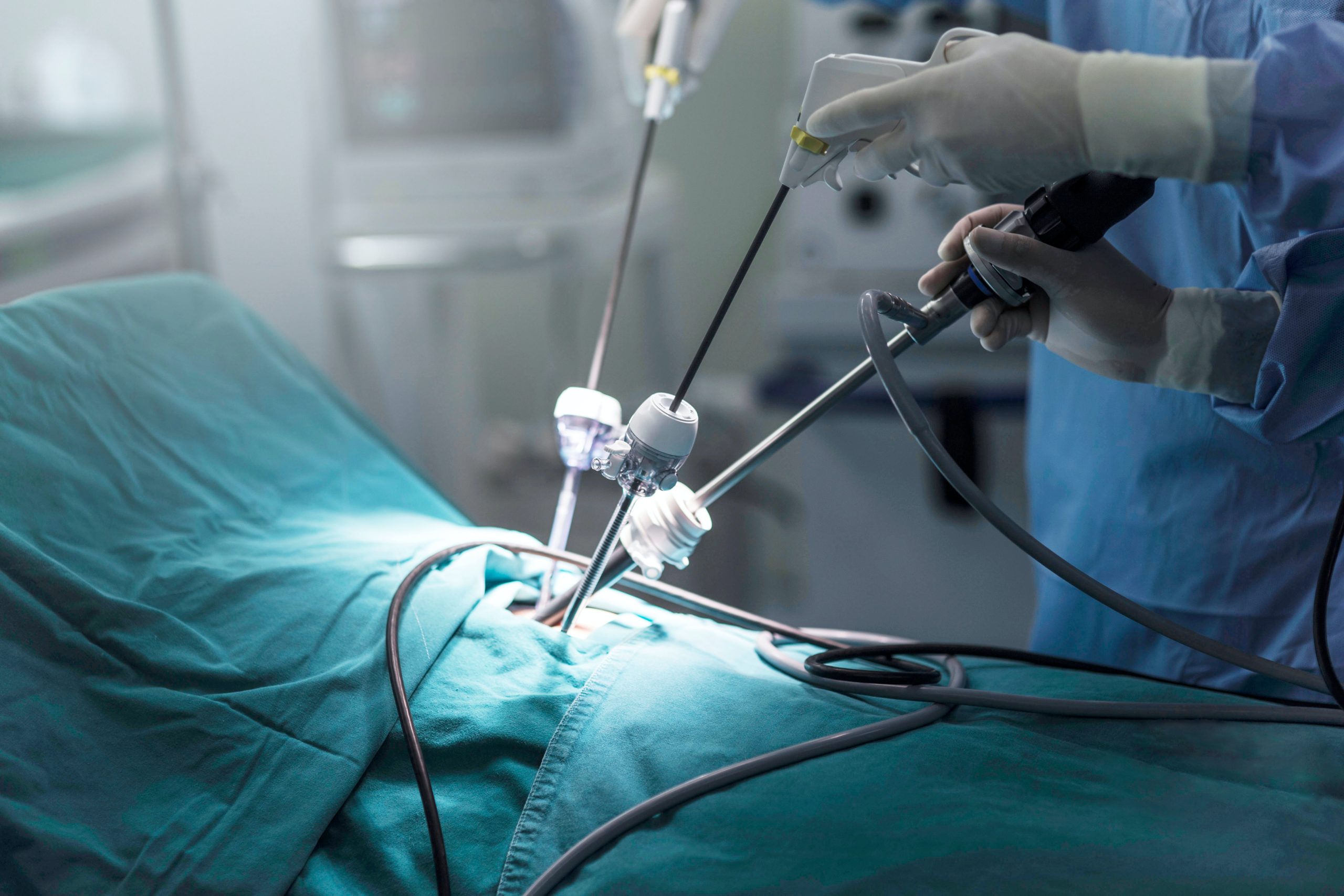- iho
- 0 Comments
Sleeve gastrectomy, commonly known as gastric sleeve surgery, is a surgical procedure used in the treatment of obesity. The surgery aims to facilitate weight loss by reducing the volume and reshaping the stomach. Here is a general description of gastric sleeve surgery:
1. Preparation: Before gastric sleeve surgery, the patient’s overall health is assessed, and necessary medical tests are conducted. During the pre-operative period, doctors often recommend a diet and exercise program to assist in the weight loss process. If the patient is a smoker, it is important for them to quit smoking.
2. Anesthesia: The surgery is typically performed under general anesthesia. This involves inducing a state of unconsciousness in which the patient is unaware and comfortable during the procedure.
3. Surgical Procedure: Gastric sleeve surgery is usually carried out using a laparoscopic approach. This is a minimally invasive technique performed through several small incisions using surgical instruments and a camera. The steps of the procedure are as follows:
a. Access: The surgeon makes small incisions in the abdominal area and inserts a thin tube (trocar) and a camera (laparoscope). The camera provides images to guide the surgeon in viewing the inside of the surgical area.
b. Preparation of the Stomach: The surgeon separates the tissues and blood vessels connecting the stomach before removing a large portion of it.
c. Stomach Incision: The surgeon creates a longitudinal incision in the stomach, forming it into a tubular shape. This incision reduces the volume of the stomach and limits food intake. The size of the incision may vary depending on the patient’s weight loss goals and overall health.
Shaping the Stomach: The incised portion of the stomach is closed with stitches, permanently forming the gastric sleeve. This shaping process, along with the reduction in stomach volume and alteration of hunger hormones, leads to an increased sensation of fullness.
4. Post-Operative Period: After the surgery, patients typically stay in the hospital for a few days. During this time, doctors provide necessary treatments to manage pain and support recovery.
In the post-operative period, it is important for patients to work with a dietitian. The dietary regimen will involve reducing meal portions and regulating nutrient intake.

